DIY Weighted Blanket for Autism – Complete Tutorial

A comprehensive guide to creating a therapeutic sensory blanket
📊 Weight Calculator
The recommended weight is typically 10% of body weight plus 1-2 pounds.
📋 Materials Needed
💡 Fabric Selection Tips
Choose fabrics based on sensory preferences: smooth cotton for those who prefer less texture, or soft minky fabric for those who enjoy tactile input. Avoid fabrics that are too rough or have strong scents.
📐 Planning Your Blanket
Determine Size and Weight
Standard sizes:
- Child: 36″ x 48″ (3-5 lbs)
- Teen: 40″ x 60″ (5-8 lbs)
- Adult: 48″ x 72″ (8-15 lbs)
Create Weight Distribution Grid
Plan a grid of squares (typically 4″ x 4″ or 5″ x 5″) to ensure even weight distribution. Each square will hold an equal amount of filling.
Sample 8×10 Grid Layout
Each cell represents one weight pocket – hover to see effect
✂️ Construction Steps
Prepare the Fabric
Cut your outer fabric pieces and one inner fabric piece to your desired dimensions. Pre-wash all fabrics to prevent shrinkage. Press with iron to remove wrinkles.
Create the Inner Pocket Layer
Using the inner fabric, mark your grid lines with a fabric marker. This will create individual pockets for the weighted filling. Use a quilting ruler for straight, even lines.
💡 Marking Tip
Use a water-soluble fabric marker that will wash out completely. Mark on the wrong side of the fabric when possible.
Sew the Grid Lines
Place the inner fabric between the two outer fabric pieces (right sides facing out). Sew along all your marked lines to create individual pockets. Start with vertical lines, then horizontal lines.
⚠️ Important
Use a strong, straight stitch and backstitch at the beginning and end of each seam. These seams will hold the weight, so they must be secure.
Fill the Pockets
Calculate how much filling goes in each pocket (total weight ÷ number of pockets). Use a small funnel or folded paper to add the precise amount to each pocket. Fill one row at a time, then sew that row closed before moving to the next.
Complete the Edges
After all pockets are filled and sewn closed, finish the outer edges with a strong seam. You can add binding tape for a professional finish or simply fold and hem the edges.
🧠 Autism-Specific Considerations
🎯 Sensory Preferences
Consider the individual’s sensory preferences when choosing materials. Some may prefer smooth textures, while others benefit from slightly textured fabrics. Avoid scratchy materials or strong chemical smells.
🌡️ Temperature Regulation
Choose breathable fabrics like cotton to prevent overheating. Some individuals with autism have difficulty regulating body temperature, so proper fabric choice is crucial.
🎨 Visual Considerations
Select colors and patterns based on the user’s preferences. Some may prefer calming solid colors, while others enjoy specific patterns. Avoid overly busy or high-contrast patterns that might be overstimulating.
⚠️ Supervision Guidelines
Always supervise initial use of the weighted blanket. Ensure the user can easily remove the blanket themselves and never use it during sleep without proper medical approval.
🔧 Maintenance and Care
Regular Inspection
Check seams regularly for wear or loose threads. Inspect pockets to ensure filling hasn’t shifted significantly or leaked.
Washing Instructions
Wash on gentle cycle with cold water. Air dry or use low heat setting. Due to the weight, you may need to use a commercial washer for larger blankets.
🔗 Related Resources & Expert Information
💡 Professional Consultation
Before starting this DIY project, consider consulting with an occupational therapist. Visit The OT Hub’s guide to autism and sensory integration to understand how professional assessment can help determine if a weighted blanket is right for your child.
📚 Research & Studies
Learn more about the scientific evidence behind weighted blankets through this peer-reviewed research study on weighted blankets for autism and ADHD, and explore sleep quality research from the National Center for Biotechnology Information.
📚 Additional Sleep & Sensory Resources
Consider consulting with:
- Pediatric Occupational Therapists who specialize in sensory integration
- Sleep Specialists experienced with autism spectrum disorders
- Autism Support Organizations in your area for additional resources
- Medical professionals familiar with the individual’s specific needs
🎯 Trial Period & Monitoring
Start with short periods of use (15-20 minutes) to gauge comfort and effectiveness. For comprehensive guidance on monitoring your child’s response, visit WebMD’s sleep guide for autism and consider keeping a sleep diary as recommended by Autism.org.uk.
Tutorial Complete! 🎉
🧩 DIY Weighted Blanket FAQ
Expert answers to your most important questions about making weighted blankets for autism
⚠️ Important Safety Reminder
Always consult with an occupational therapist or healthcare provider before using a weighted blanket, especially for children with autism.
The general guideline is 10% of the user’s body weight plus 1-2 pounds. For example:
- 40-pound child: 5-6 pound blanket
- 60-pound child: 7-8 pound blanket
- 120-pound teen: 13-14 pound blanket
Yes, it can be safe when done correctly with proper materials and techniques. Key safety considerations:
- Use only poly pellets or glass beads – never rice, beans, or other organic materials
- Ensure all seams are double-stitched and reinforced
- Follow proper weight calculations
- Test the blanket thoroughly before use
Material choice depends on individual sensory preferences:
- Smooth cotton: Soft, breathable, easy to wash
- Bamboo fabric: Ultra-soft, temperature regulating
- Modal: Silky smooth, hypoallergenic
- Minky fabric: Soft, plush texture
- Fleece: Warm, cozy feeling
- Jersey knit: Stretchy, comfortable
Filling options: Poly pellets (quieter) or glass beads (smaller, more evenly distributed). Avoid plastic pellets that can be noisy.
Timeline varies based on experience and blanket size:
- Beginner sewers: 6-10 hours over 2-3 days
- Intermediate sewers: 4-6 hours in 1-2 sessions
- Experienced sewers: 3-4 hours in one day
Weighted blankets can be helpful for some individuals with autism, but results vary greatly:
- Deep pressure stimulation may promote calm feelings
- Can help with sleep regulation
- May reduce anxiety in some individuals
- Provides predictable sensory input
Size depends on the user’s age, bed size, and intended use:
- Lap blanket: 30″ x 40″ (for seated activities)
- Child blanket: 36″ x 48″ (ages 3-8)
- Teen blanket: 40″ x 60″ (ages 9-16)
- Adult blanket: 48″ x 72″ (adult use)
Consider: Smaller blankets are easier to handle and less overwhelming for first-time users. You can always make a larger one later if the smaller size is well-tolerated.
Proper care extends the life of your weighted blanket:
- Use cold water on gentle cycle
- Use mild detergent (avoid fabric softeners)
- For blankets over 15 lbs, consider commercial washers
- Air dry when possible, or low heat setting
Maintenance: Check seams monthly for wear, spot clean when possible, and consider making a removable cover for easier washing.
Not everyone with autism will enjoy weighted blankets, and that’s completely normal:
- Start with just 10-15 minutes of use
- Let them explore the blanket when calm, not during distress
- Try using it during preferred activities (watching TV, reading)
- Consider a lighter weight to start
DIY costs are typically much lower than buying pre-made blankets:
- Small blanket (5 lbs): $25-40
- Medium blanket (8 lbs): $35-55
- Large blanket (12+ lbs): $50-80
Cost breakdown: Fabric ($15-30), filling ($15-35), thread and supplies ($5-15). Compare to $100-300+ for commercial weighted blankets.
Yes, professional consultation is highly recommended, especially for children with autism.
- Determining if a weighted blanket is appropriate
- Calculating the right weight for the individual
- Identifying the best materials for sensory preferences
- Creating a safe introduction plan
- Monitoring effectiveness and safety
Many OTs who specialize in autism and sensory processing disorders can provide valuable guidance to ensure the blanket will be both safe and beneficial.
📚 Additional Resources
Professional Organizations:
Research & Safety Information:
10 Best Christmas Gifts for Autistic Toddlers on Amazon (2025 Guide)

⚡ TL;DR: Quick Gift Guide 🎯 Best Overall Scientoy 35-Piece Fidget Set offers maximum variety for different sensory needs at just $16.95 💰 Best Budget Pick Pop Tubes 8-Pack at $9.97 delivers satisfying sensory...
10 Best Weighted Blankets for Autistic People (2025) – Expert Picks by Need
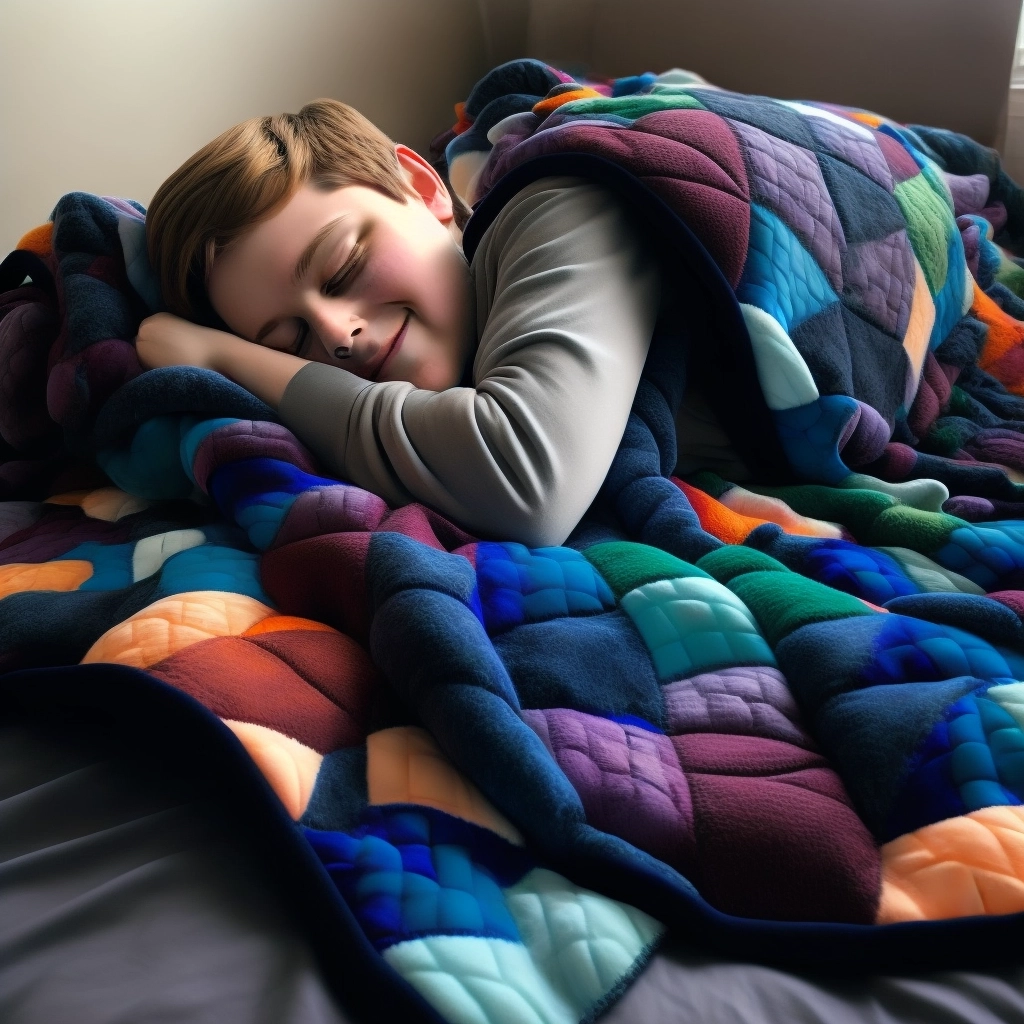
Home › Sensory Products › Weighted Blankets 10 Best Weighted Blankets for Autistic People (2025) – Expert Picks by Need Updated: August 19, 2025 · By 101autism Editorial · Read time: ~8 min TL;DR...
10 Thoughtful Gift Ideas for Moms of Autistic Kids Like My Saar

A mother of a child with autism, such as Saar, experiences unique challenges and joys. For moms like her, consider gifts that promote relaxation, provide practical support, or enhance connection. Suggestions include weighted blankets for better sleep, planners for organization, and audiobooks for multitasking. These gifts symbolize compassion and solidarity, reminding mothers they are supported…
50+ Adult Sensory Seeking Activities: Complete Guide for Autism & ADHD (2025)
101 Autism > Sensory Processing > Adult Sensory Seeking Activities Last Updated: September 18, 2025 | Reading Time: 12 minutes | Expert Reviewed ✓ Quick Summary: This comprehensive guide provides 50+ evidence-based sensory seeking...
A Comprehensive Guide to Weighted Blankets for Individuals with Autism

1. Introduction: Navigating the Therapeutic Landscape for Autism Weighted blankets have emerged as a significant non-pharmacological intervention, garnering considerable interest within the autism community. Parents and caregivers often explore these therapeutic tools. They seek...
A Heartfelt Message: Thinking of Families with Autism in Hurricane Zones

By Amit Date: 2023-08-30 Hello, dear readers. It’s Amit once again. While we are fortunate not to be in the path of Hurricane Idalia, my thoughts are with those who are, especially families with...
A Mom’s Honest Review: Is the Cevioce Fidget Slug a Must-Have for Autistic Children?

You understand the endless search for the “perfect” sensory tool if you’re a parent of a child on the spectrum. It’s a constant journey. We’ve tried everything from weighted blankets to chewy necklaces. Many...
Assistive Technology for Autism: Unleashing Potential and Aiding Learning

Hello, dear friends, As a mom to an extraordinary child on the autism spectrum, I’ve been on quite a transformative journey, just like many of you. Through this journey, I have realized that every...
Autism & Back to School: Teacher‑Backed Transition Plan (Tools, Scripts, Calm Strategies)

TL;DR (Quick Answers) Start 10–14 days early: rehearse morning routines, ride/walk past school, and preview classrooms with photos or a social story. Use visuals everywhere: first‑then boards, visual schedules, and visual timers reduce anxiety...
Autism-Friendly Home Design Guide 2025: Complete Environment Setup

🎯 TL;DR – Quick Answer Creating an autism-friendly home in 2025 involves: Using muted colors from the green-blue spectrum, installing smart lighting systems, creating designated quiet zones, ensuring safety with childproofing measures, and incorporating...
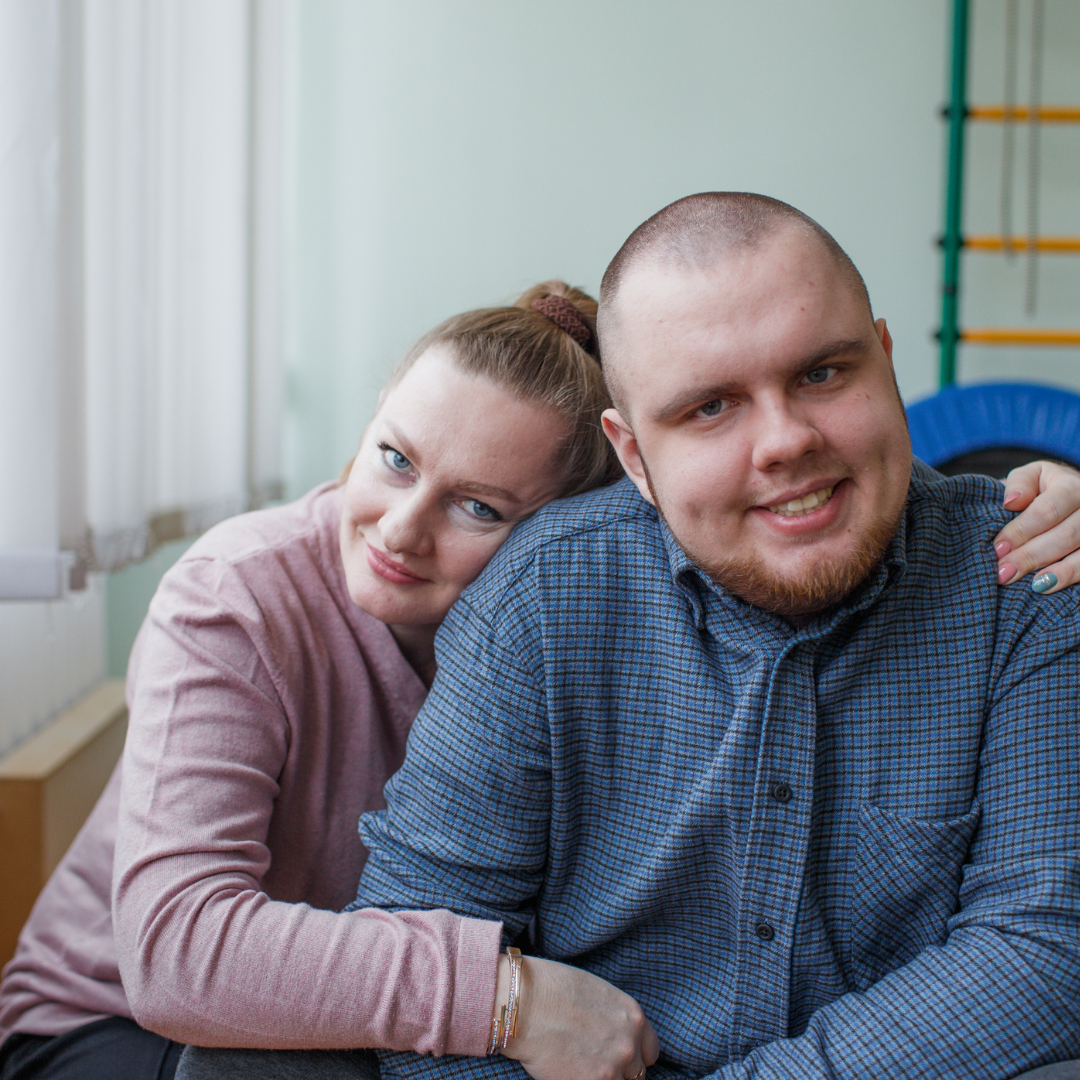



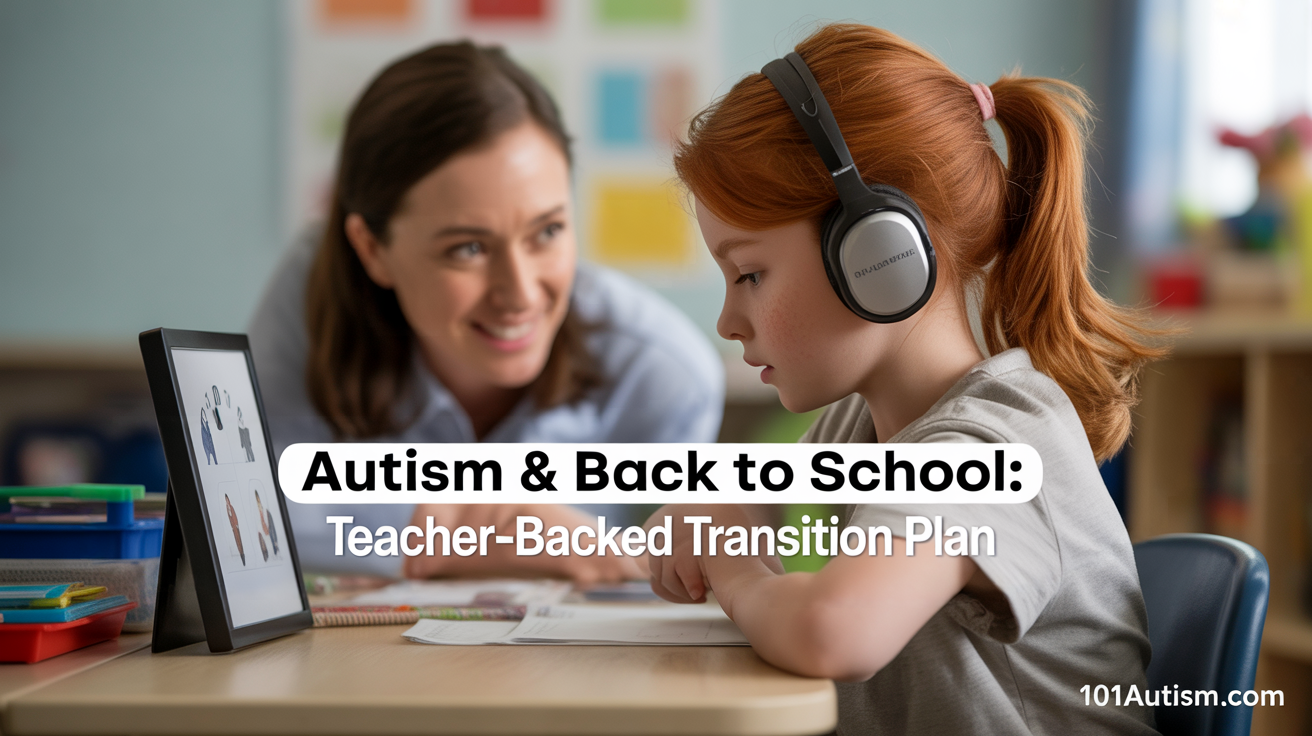
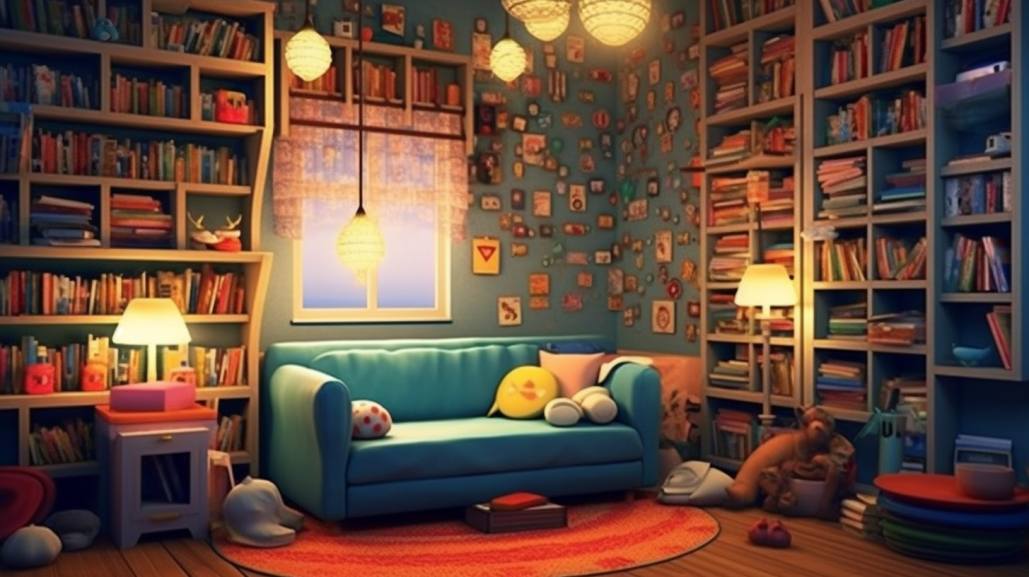


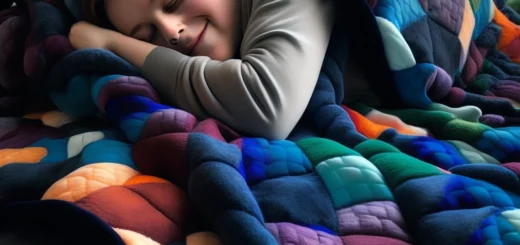
2 Responses
[…] DIY Weighted Blanket for Autism – Complete TutorialDIY: How to Make Your Weighted BlanketThe Surprising Benefits of Weighted Blankets for Individuals with Autism Syndromes […]
[…] DIY Weighted Blanket for Autism – Complete Tutorial […]